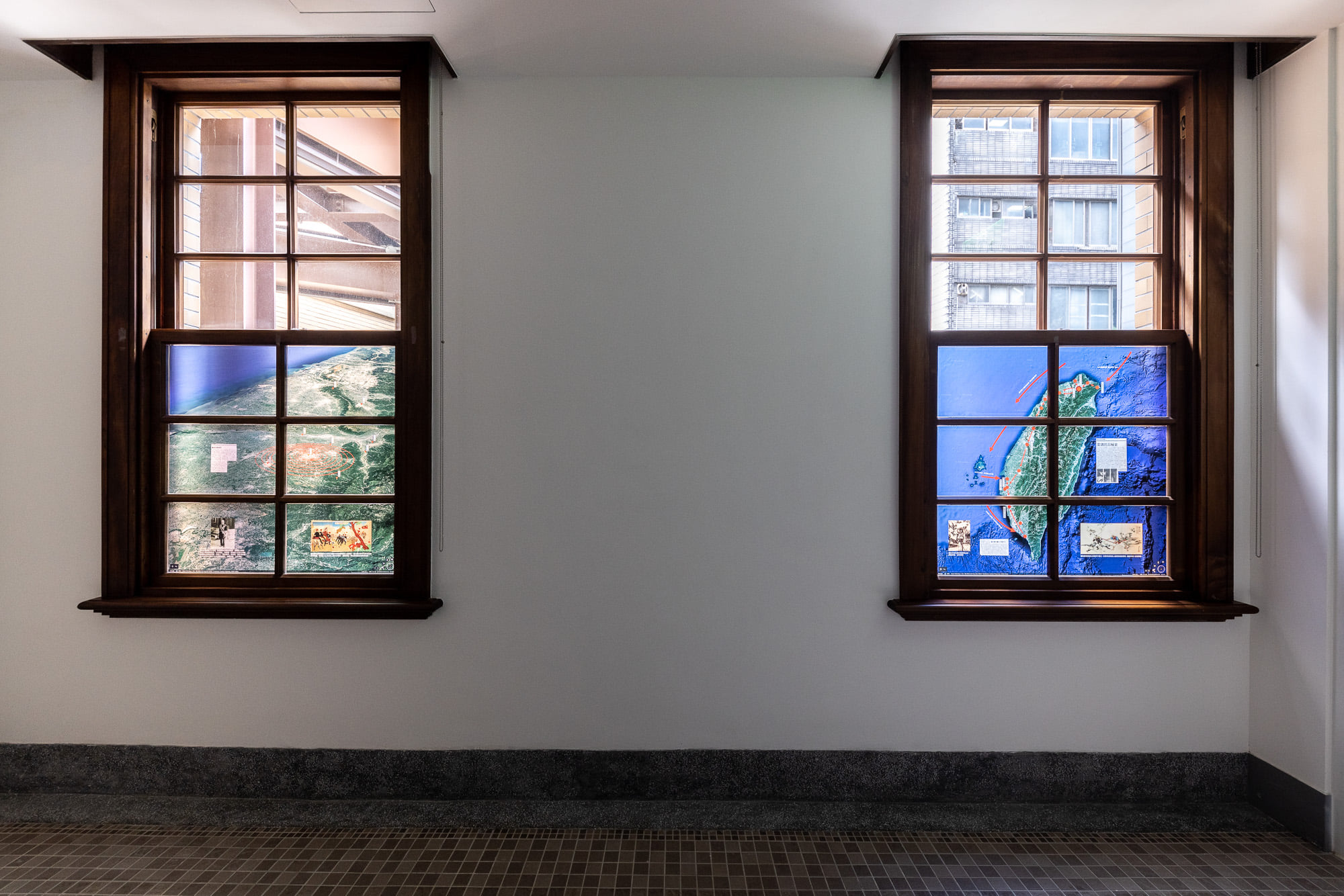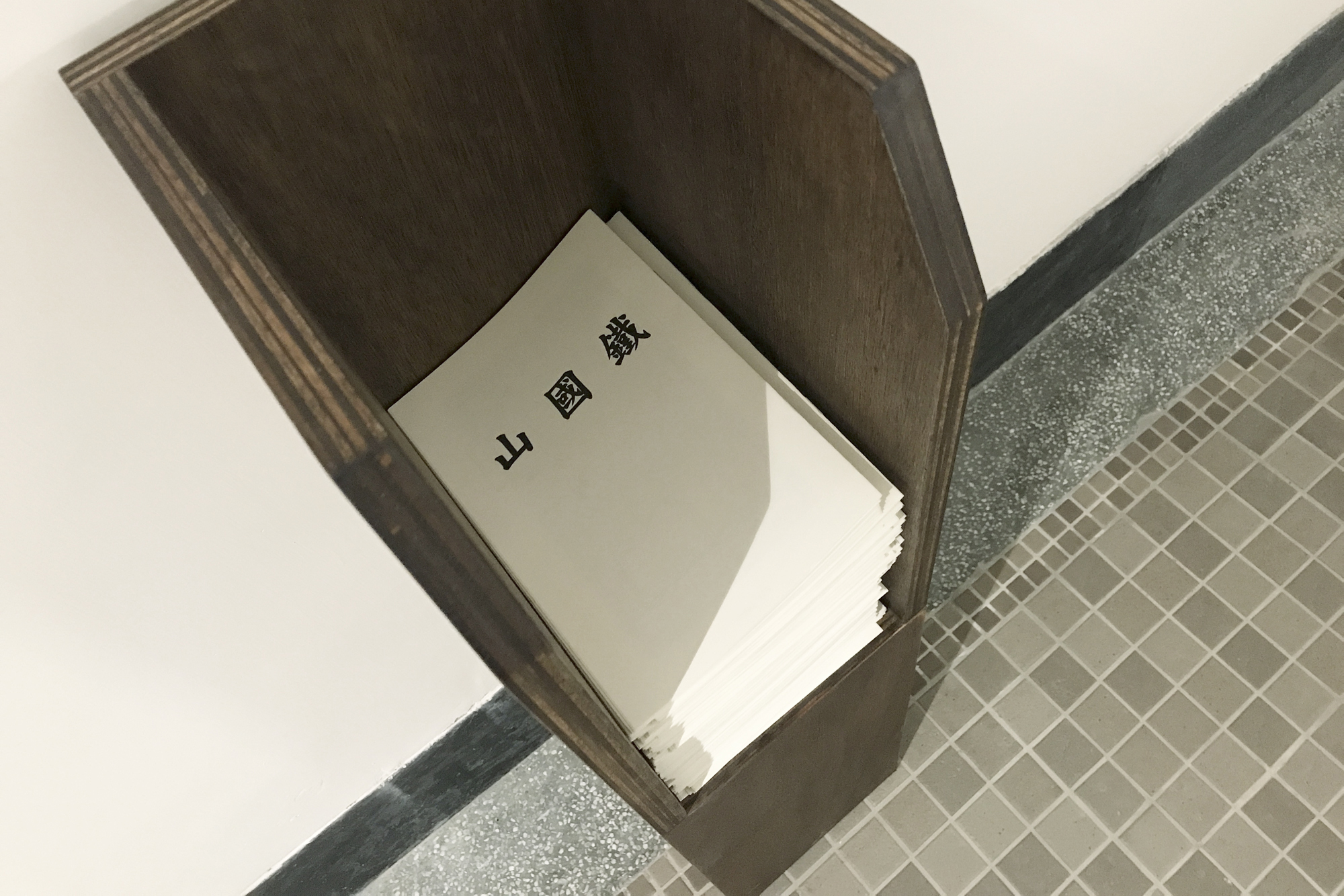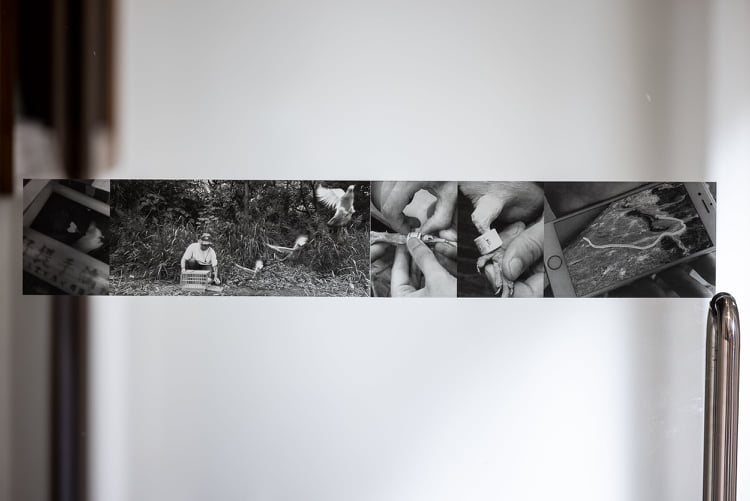 |
| C.V. |
|---|
我私心想知道,臺灣粉鳥在這島上最帥氣的登場是什麼時候。在大量翻找史料下,才驚覺原來不只自身狂熱迷戀的鴿子,還有堪稱傳奇的「鐵國山」,也默默的被遺落在歷史書寫的角落旁。1895年乙未戰爭,臺灣各地雖紛起抗日,仍不敵殖民帝國的南侵,部分殘存的反抗力量於是聚集於濁水溪沿岸,甚至於雲林縣內的「鐵國山」宣告獨立。自此,六年的孤立抵抗,一度讓日本武神臉面無光,最終卻敗於一國兩制的謊言。 「鐵國山」是武裝對抗帝國主義的民兵組織,在兩軍戰鬥對峙的同時,很難想像我心愛的鴿子竟也能參與其中。為了填補我對「他」的過度期待與來不及參與過往的遺憾,我決定以此事件作為起手式,試圖重新演繹一趟遭敵方突襲的敢死隊,趁隙求救的任務,想像當年迫於軍令、肩負著傳遞軍情使命的鴿子,如何看見一路上的風景。我透過GPS定位飛越過往的路徑,這趟任務路途上所見風景或許平凡,但能與「他」以這樣的方式相遇,我感到浪漫不已。 Driven by my curiosity for when pigeons make their grand entrance on the island of Taiwan, I researched a prolific amount of historical data and unexpectedly learned that besides pigeons, which I am fascinated by, there was the legendary “Tieguoshan” that has also been overlooked in historical writings. During Japan’s invasion of Taiwan in 1895, although resistance was rising throughout Taiwan, it wasn’t sufficient to stop the imperial colonial force’s southbound invasion. Some of the remaining resistive force then congregated along the bank of the Zhuoshui River, and “Tieguoshan” in Yunlin County even declared its independence, which led to a six-year long isolated resistance that brought shame to the Japanese military. However, it was eventually overpowered by the “one country, two systems” lie. “Tieguoshan” was an anti-imperialism militia organization. When the two armed forces were in battle, it’s difficult to imagine pigeons, which I hold dear to my heart, were also involved. In order to make up for my excessive expectation for “him” and the regret of not being able to take part in this history, I decided to depart from this incident, with an attempt made to reenact when the suicide squad was attacked by its enemy and its strive to send out distress signals. I imagined the landscapes saw by the pigeons, which were forced to take on the mission of delivering military intelligence. Using GPS tracking to set the flight route, the sceneries along the journey may be ordinary, but it is quite romantic to me to be able to encounter “him” under these circumstances.
|




李立中早期的攝影創作以快拍(snapshot)為主,並透過大量的影像編輯,在牆面上構築影像間的對話。在2015年創作《神遊》之後,他的風格有了明顯的轉向,2016年的《望你早歸》則開展了他在創作上的新視野,並重新建立他與鴿子之間的關係。 繼《竹蒿山戰役與紅腳笭》以及《臺灣空戰記事》之後,李立中再次從被噤聲的歷史中找出縫隙,並以鴿子作為敘事主角,創作了《鐵國山》。他將背負著定位系統的鴿子置入史料中不為人注意的事件,使其成為見證者;同時,鴿子也成為李立中穿越時空的載具。在結果無法改變的過往記述當中,既出神又入戲地藉由鴿子的航道,岔出一條歷史的虛線。 鴿子的導航是在確定方向之後,依據視界所見的地標航行。而《鐵國山》中鴿子的航道,大致沿著濁水溪中下游飛行。李立中沿著廊道展示給我們的不是具象的風景,而是這條虛線的航道,是使命,也是歸鄉之路。 Lee Li-Chung’s early photographic works comprise mainly snapshots which went through a thorough process of editing to create dialogues on wall spaces. There was a clear transformation in his style subsequent to his 2015 work, Space Out; and his 2016 project Longing for Your Return opened up new vistas in his practice, and re-established his relationship with pigeons. |
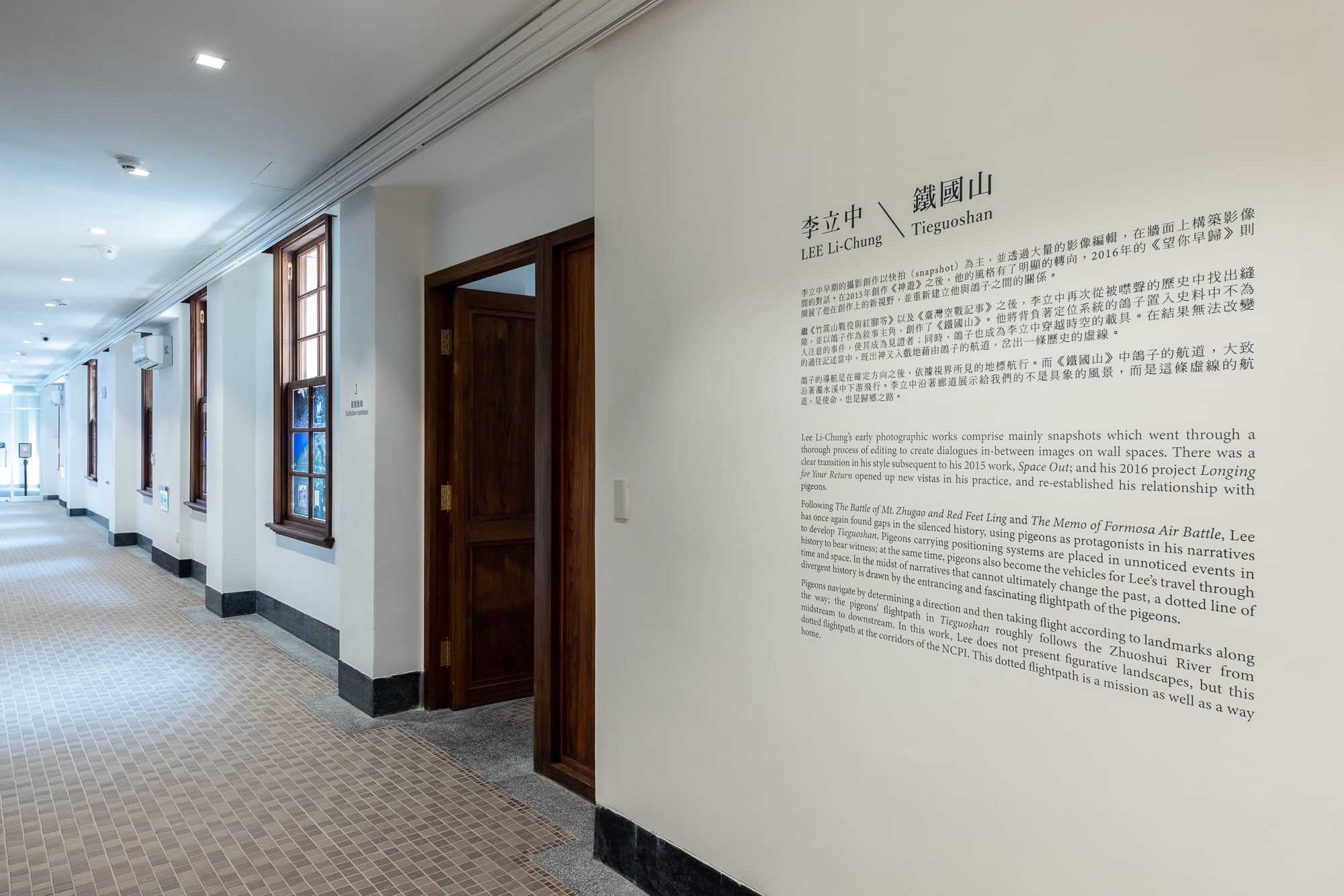
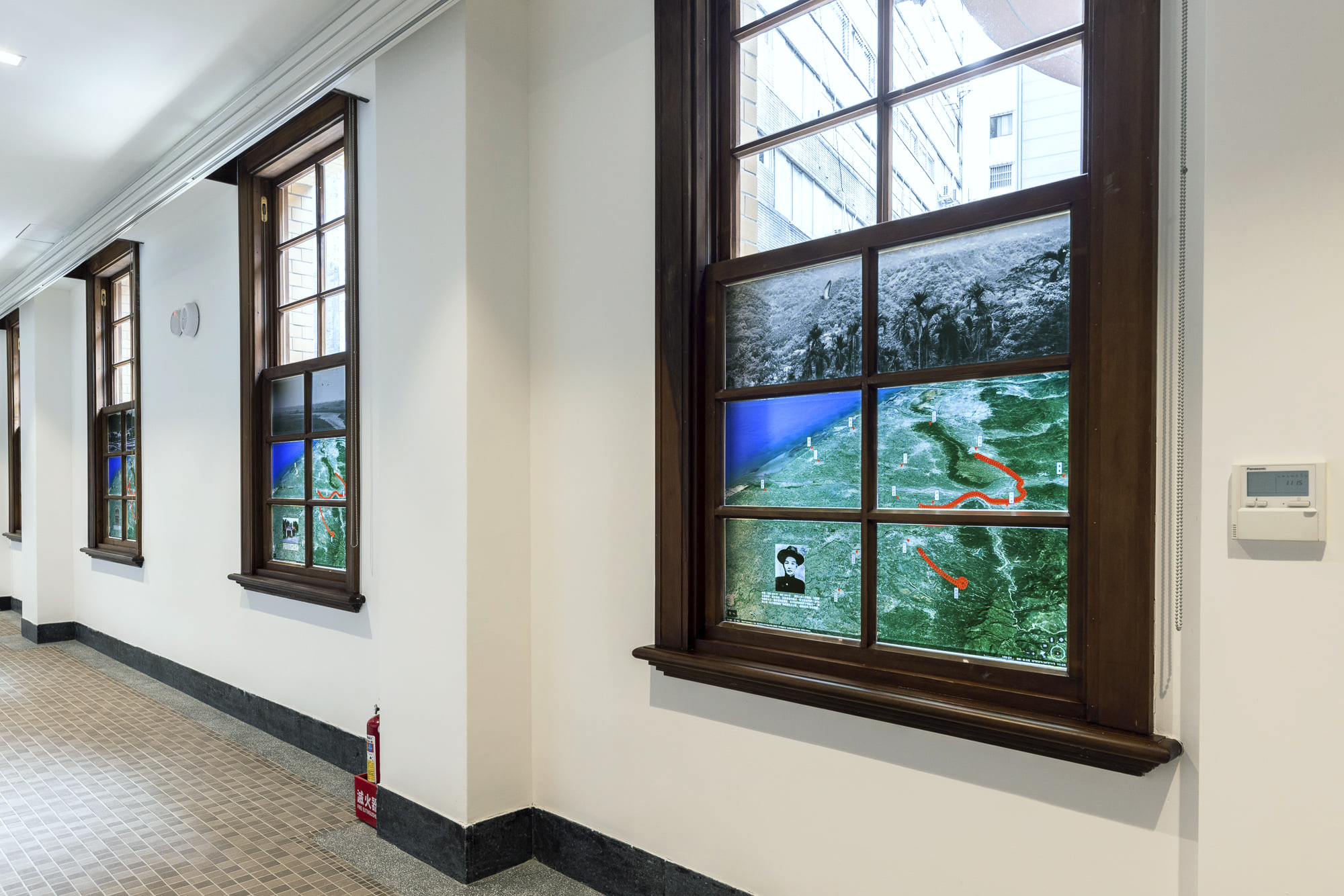



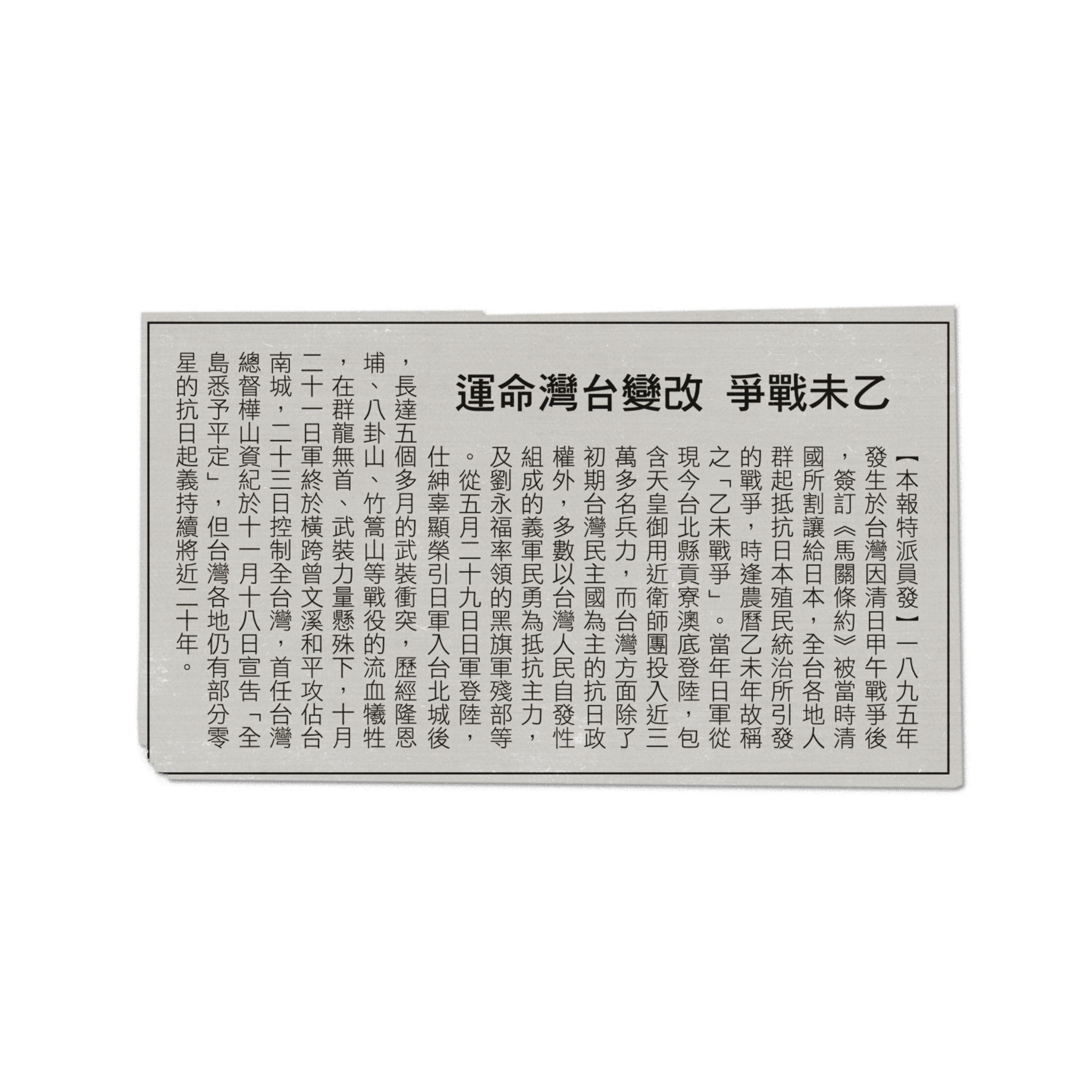 |
 |
|---|---|
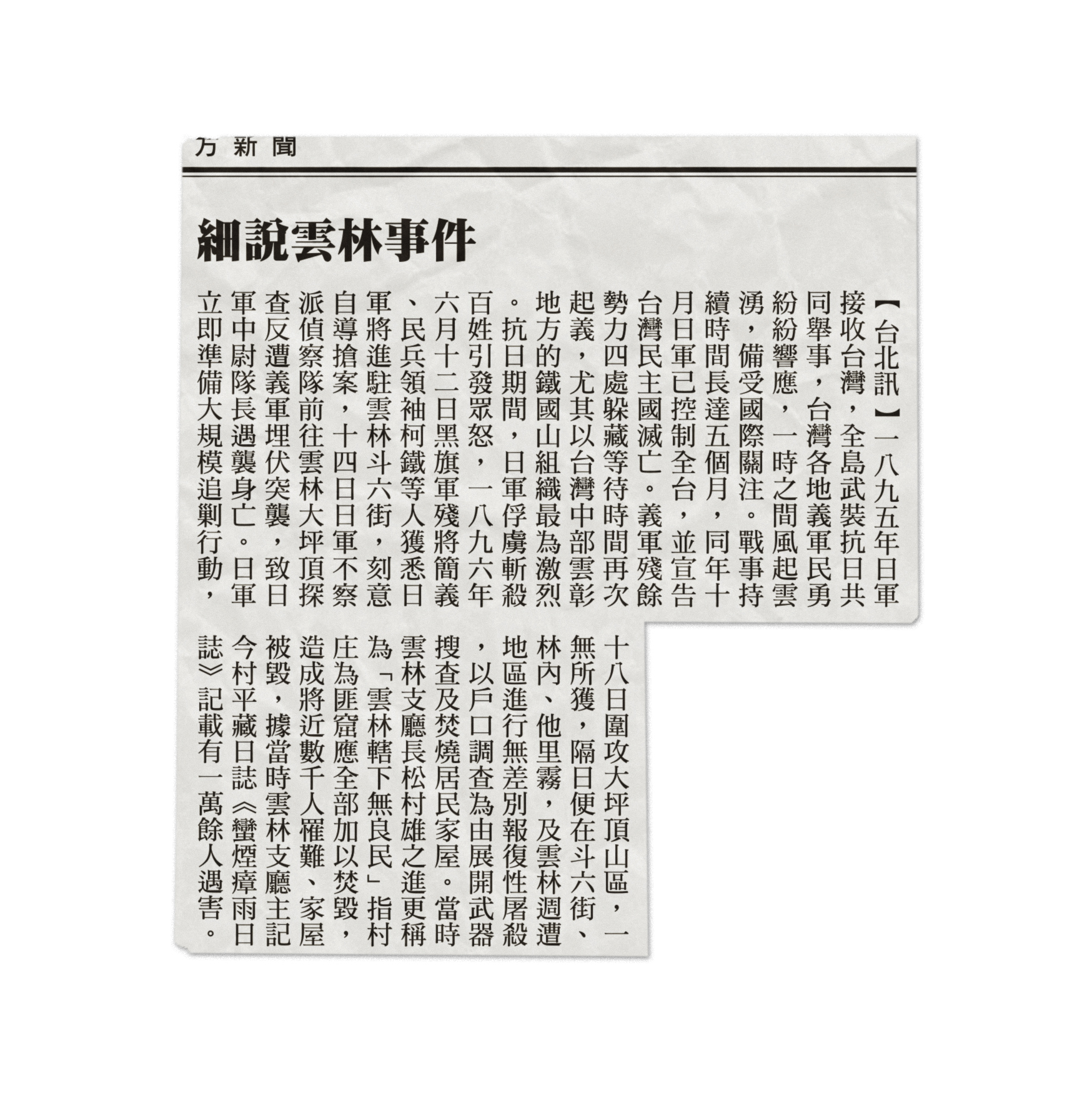 |
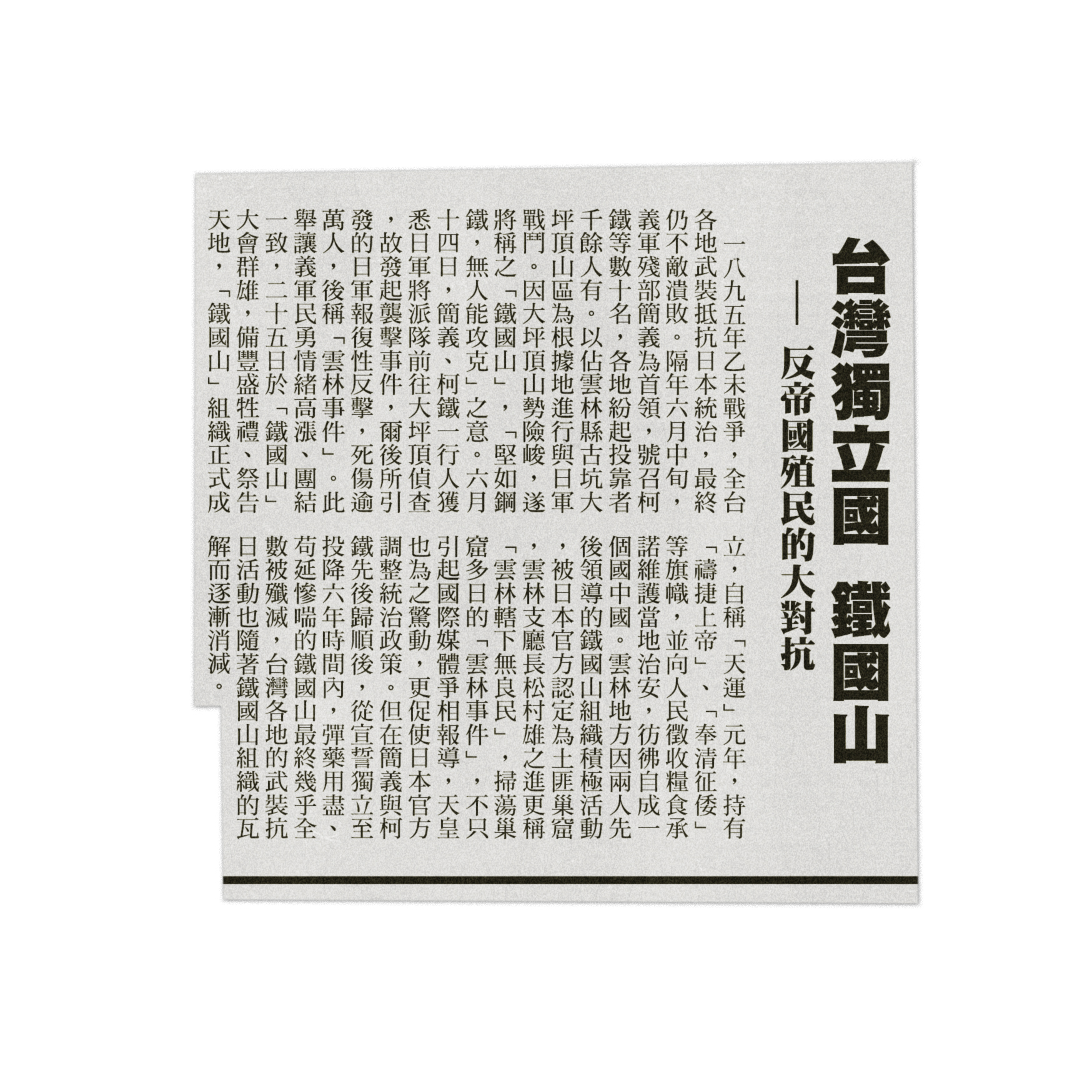 |
 |
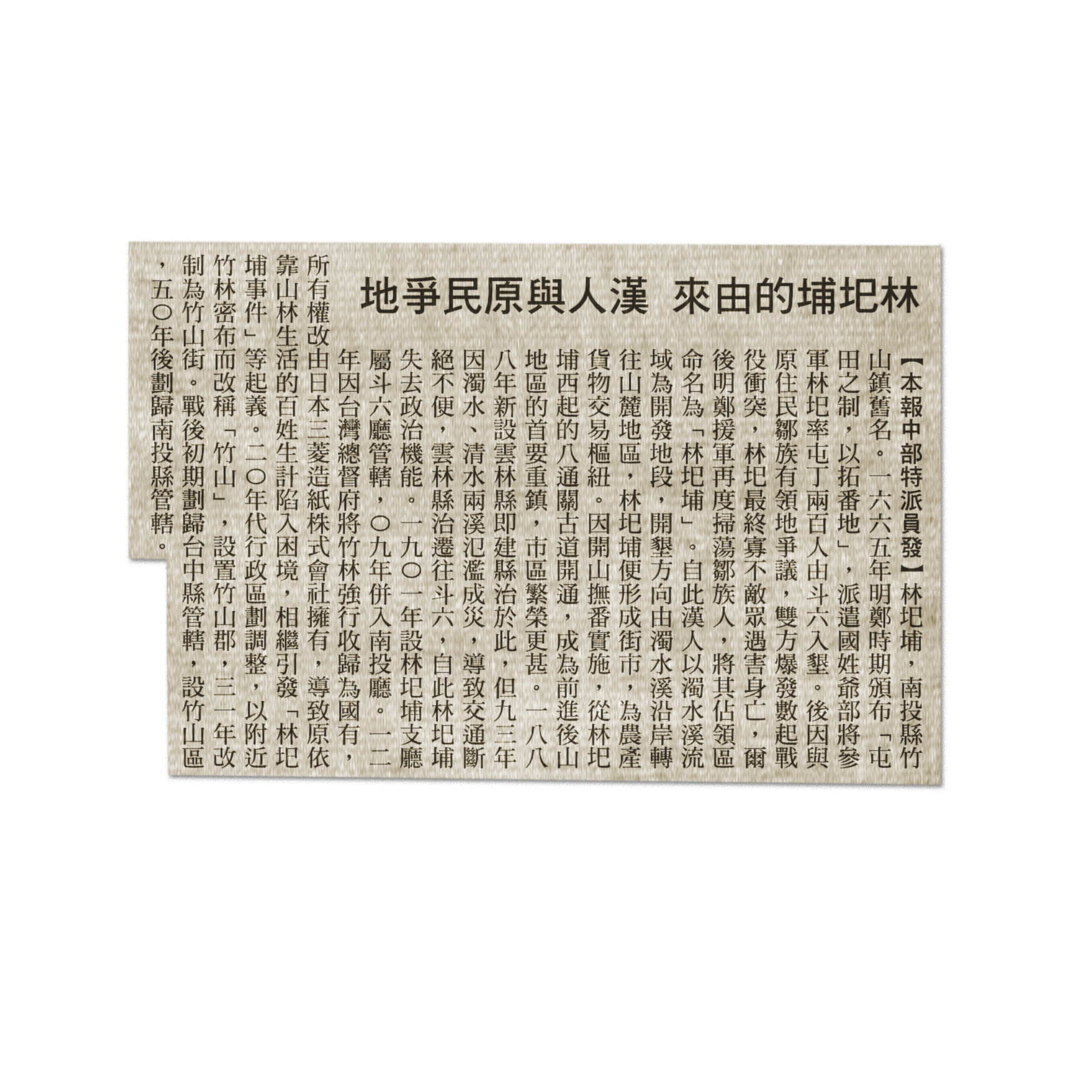 |
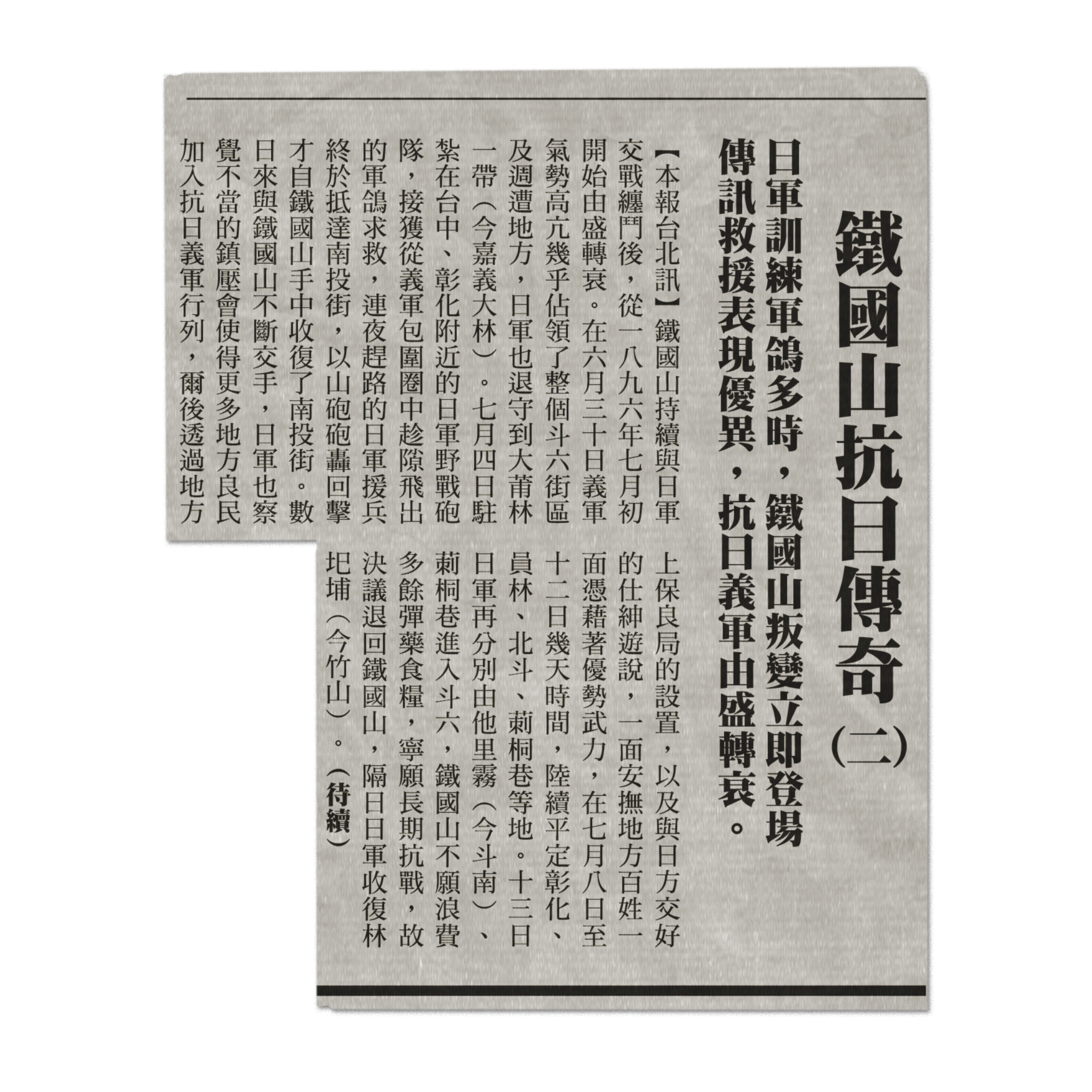 |
 |
 |
